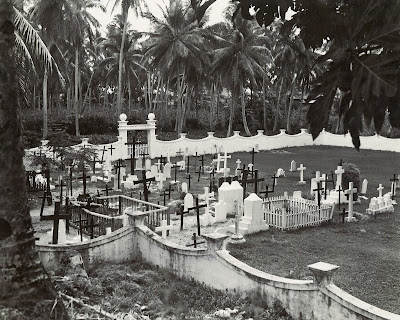Happy US Imperialism Day! (Ta'lo'lo)

I first wrote an article "Happy US Imperialism Day Guam!" about 16 years ago. It was published in Minagahet Zine and later on this blog when I began it soon after. The writing of this article originally was a very formative experience. Part of it eventually became my Masters Thesis in Micronesian Studies. But I also wrote it at a time when I was first trying to find a way to become more public about my critiques and writing letters to the editor of the Pacific Daily News and creating websites/blogs were some of the obvious choices. This article was written when the second Iraq War was only eight months old and the War in Afghanistan was over two years old. It was written at a time when I was feeling frustrated over the deaths of the first few Chamorros in Iraq, Christopher Rivera Wesley being the first. As I said, it was also written at a time when I was first working on developing a critical consciousness and a public voice in terms of writing and philosophy. I had been







